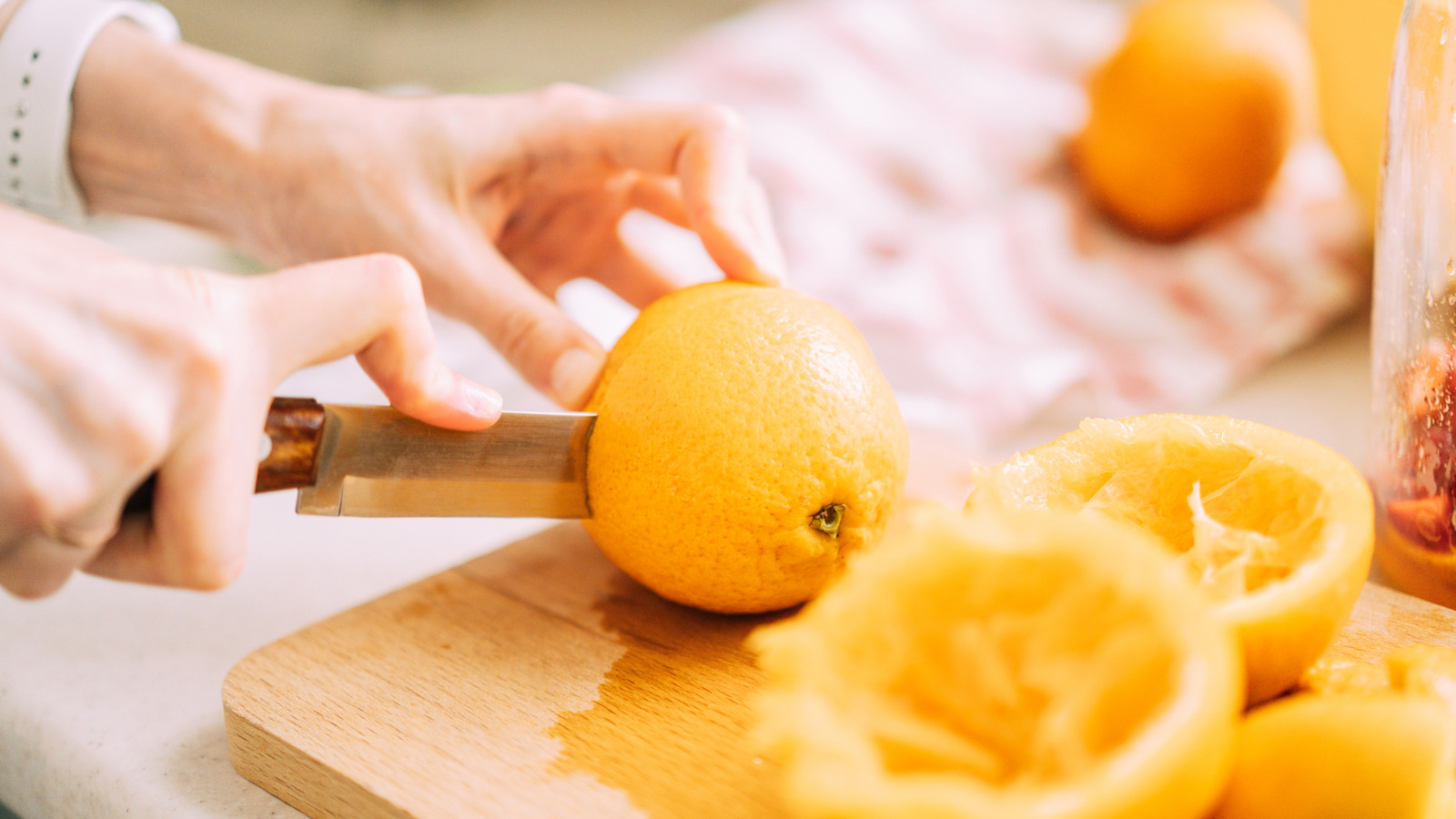
"How vitamin C and oranges became synonymous is part biology, part history, and part marketing. Sailors in the age of exploration carried citrus to ward off scurvy, vitamin C deficiency often decimated crews on board. Centuries later, American orange growers in the early 20th century faced mountains of surplus fruit and turned to advertising, positioning orange juice as the modern breakfast drink. That campaign, paired with the discovery of vitamins, cemented oranges as the cultural symbol for staying well."
"Rosehips, the small fruits that form after roses bloom, top the list by a lot. Weighing in at about 426 milligrams of vitamin C per 100 grams, they pack over eight times more than an orange. Often used in jams or dried for tea, they're tart, floral, and one of the most nutrient-dense fruits you can forage. If you're not picking them yourself, you can find them in some form at most natural food stores."
Oranges provide roughly 70 milligrams of vitamin C per fruit, enough to meet most daily recommendations, yet many fruits and vegetables contain more vitamin C per serving. Sailors carried citrus to prevent scurvy, and early 20th-century American orange growers used advertising to popularize orange juice as a breakfast staple, reinforcing the fruit's health image. Most plants synthesize vitamin C as an antioxidant; measured vitamin C varies with ripeness, preparation, growing region, and storage, which is why nutrition tables differ. Rosehips contain about 426 milligrams per 100 grams and are among the most vitamin-C dense fruits available.
Read at Tasting Table
Unable to calculate read time
Collection
[
|
...
]